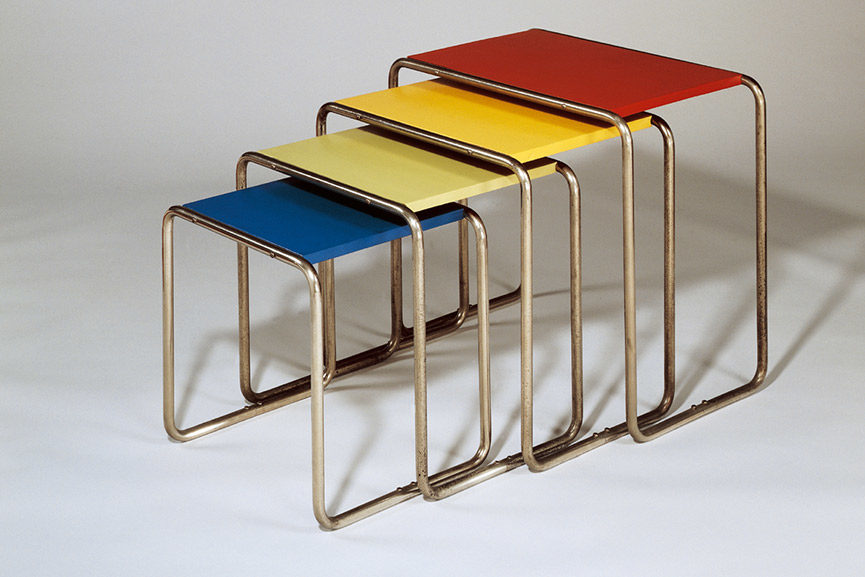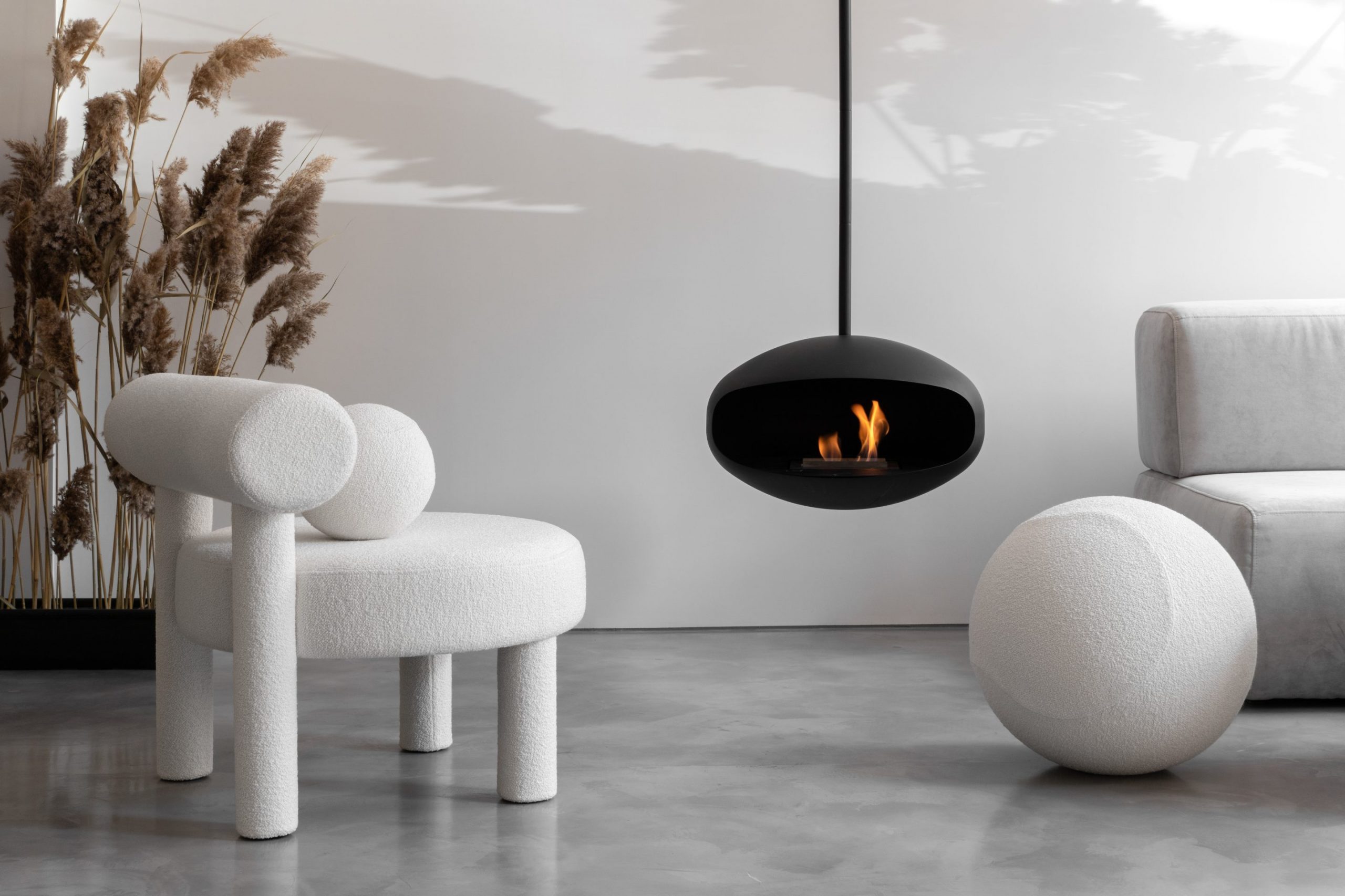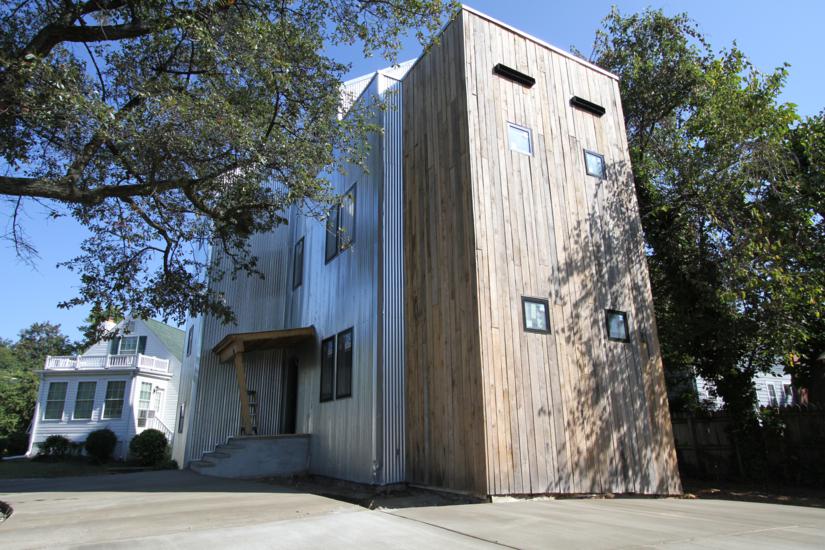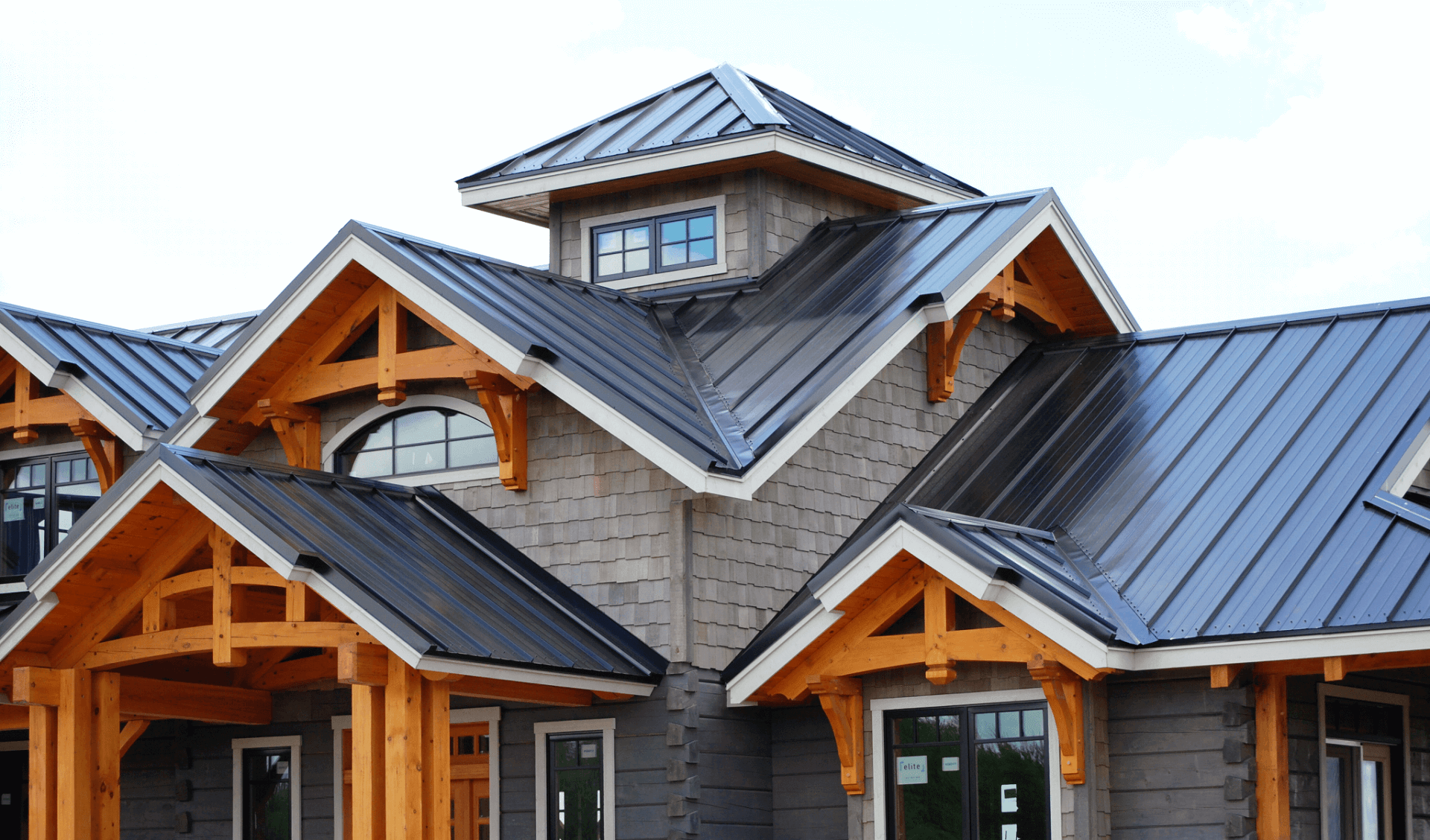Table Of Content

This holistic approach not only fostered innovation during the Bauhaus era but also set the stage for the collaborative, cross-disciplinary ethos prevalent in today's creative industries. Mies van der Rohe was appointed the head of the architecture department at the Armour Institute of Technology (later the Illinois Institute of Technology), where he continued propagating the Bauhaus philosophy through his teaching and architectural practice. Despite his contributions, Meyer's time at the Bauhaus was short-lived, as his political views clashed with those of the Nazi regime. In 1930, he was forced to resign as director, and his successors continued to guide the Bauhaus in a new direction. But Meyer's influence on the movement, particularly concerning social and political engagement, left a lasting impact on the legacy of the Bauhaus.
What Does Bauhaus Mean in German?
Its philosophy was to blend all forms of art -- including architecture -- together as one, creating a "craftsman-artist." This was a founding principle of modern design. After the Nazi regime forced the school to close, Bauhaus teachers and artists emigrated to other countries, including the United States. During the 1930s, they influenced design education at universities such as Harvard and Columbia and established the New Bauhaus school in Chicago. The Bauhaus began its journey in 1919 by the hand of its founder and first director Walter Gropius and ended in 1933 with the rise to power of the Nazis. In this article we want to demonstrate the undoubted utility that Descriptive Geometry applied with direct procedures continues to have today, through the use of pencil on paper.
What are the defining characteristics of Bauhaus architecture?
Bauhaus architecture was originally influenced by the Industrial Revolution and the emergence of mass production, which led to a focus on simplicity, functionality, and standardization. Modern technology, such as digital fabrication, parametric design, and interactive media, enables architects to create more complex, dynamic, and responsive structures that still adhere to the Bauhaus principles of harmony, clarity, and unity. Technology also allows architects to engage with the social, environmental, and cultural aspects of Bauhaus architecture, such as creating spaces that foster collaboration, communication, and creativity.
The heritage, craftsmanship and innovation of Burberry
Only two projects, the apartment building project in Dessau and the Törten row housing fall into the worker housing category. It was the Bauhaus contemporaries Bruno Taut, Hans Poelzig and particularly Ernst May, as the city architects of Berlin, Dresden and Frankfurt respectively, who are rightfully credited with the thousands of socially progressive housing units built in Weimar Germany. The housing Taut built in south-west Berlin during the 1920s, close to the U-Bahn stop Onkel Toms Hütte, is still occupied.
The Dwell House Is a Modern Prefab ADU Delivered to Your Backyard
These designs were not just aesthetically revolutionary; they were also technologically innovative, utilizing new materials and production methods. The growing number of department stores needed taller buildings and large open-plan spaces. Architects used the latest technologies of steel frames and large sheets of plate glass to meet this demand. New materials like Vitrolite, a type of opaque glass, gave the glossy finish of polished stone without expensive craftsmanship. In 1925, the Bauhaus moved from Weimar to Dessau, where Gropius designed a new building to house the school.
[Design Forum] Blurring lines between industrial design, art - The Korea Herald
[Design Forum] Blurring lines between industrial design, art.
Posted: Fri, 06 Nov 2015 08:00:00 GMT [source]
Key Characteristics of Bauhaus Design
The National Institute of Design, Charles and Ray Eames1961Ahmedabad, IndiaThe couple received an invitation from the Indian government to develop the first design training school in the country. Poli House, Shlomo Liaskowski1934Tel Aviv, IsraelAmong the approximate 4,000 Bauhaus-inspired buildings in the city, the triangular-shaped Polishuk House is one of the most notable. Situated on a strategic six-point intersection, the architect implemented the teachings of Bauhaus and integrated horizontal glass strips alongside the cornered facade. We’ve put together this Bauhaus infographic to summarize everything you need to know about the movement. Scroll down and let us take you on a Bauhaus journey, from its principles and characteristics to the history, milestones and evolution of the Bauhaus movement in graphic design today.
However, by 1928 Gropius was worn down by his work, and by increasing battles with the school's critics, including conservative elements in German culture. Meyer, who headed up the architecture department, was an active communist, and incorporated his political ideas into student organizations and teaching programs. The school continued to grow in strength, but criticism of Meyer's Marxism grew, and he was dismissed as director in 1930. After local elections brought the Nazis to power in Dessau in 1932, the school was again closed and relocated, this time to Berlin, where it would see out the final year of its existence.
Ulm School Carries On Bauhaus Aims - The New York Times
Ulm School Carries On Bauhaus Aims.
Posted: Sat, 09 Jun 2018 19:01:02 GMT [source]
This condition was met in 1923 with the Bauhaus' exhibition of the experimental Haus am Horn.[22] The Ministry of Education placed the staff on six-month contracts and cut the school's funding in half. The Bauhaus issued a press release on 26 December 1924, setting the closure of the school for the end of March 1925.[23][24] At this point it had already been looking for alternative sources of funding. After the Bauhaus moved to Dessau, a school of industrial design with teachers and staff less antagonistic to the conservative political regime remained in Weimar. This school was eventually known as the Technical University of Architecture and Civil Engineering, and in 1996 changed its name to Bauhaus-University Weimar. As Kilston says, while the building itself is an established part of modern architecture’s family tree, the influence of the client often gets overlooked.
How the Staatliches Bauhaus Fused Art and Industrial Design
The trappings of previous centuries, with their antiquated, crumbling furnishings, are slashed in red paint. Such posters suggest that the old architecture and its cultural influence is fading and will be replaced with brash, bold and excitingly Modern structures. Although the USA was the best-known refuge for the Bauhaus members, it was by no means the only one.
Kilston’s book deftly connects the myriad threads between European health fads, early modernist architecture, and the synthesis of both in the high-end homes that began to stack up on Los Angeles hillsides. One of Neutra’s apprentices named this style “raw food architecture” (critic Esther McCoy would put a sharp spin on the turn of phrase, saying that “the ‘raw-food architecture’ of the ‘20s became the caviar by mid-century”). Neutra’s design was as stripped-down and nature-oriented as a tall, tanned doctor pushing the benefits of a vegan diet. The show brings together more than 100 pieces, including letters, sketches and photographs, that demonstrate how Van Beuren altered the course of interior design in Mexico in the post-Revolutionary period. Clean, sleek design that functions--for better or worse, depending on your stand, I guess.
The minimalist designs, clean geometric forms, and harmonious color palettes that were once revolutionary are now familiar, almost ubiquitous features in both digital and print media. Oskar Schlemmer made significant contributions to art schooling and theater, playing a crucial role in the development of the Bauhaus movement. As a teacher at the Bauhaus School, Schlemmer's work revolutionized the way were approached. Renowned modernist architect Ludwig Mies van der Rohe studied alongside and influenced the later work of Charles-Édouard Jeanneret-Gris, who became famous as the Brutalist architect Le Corbusier. The Bauhaus inspired a focus on the functionality of objects for mass society as well as the fundamentals of design.
The Bauhaus School’s approach fundamentally shifted the paradigm of industrial design in the early 20th century. By emphasizing functionality and simplicity, it challenged the prevailing ornate and elaborate styles. The Bauhaus philosophy posited that good design should be accessible to everyone, and this democratization of design was a radical departure from the exclusivity of design prevalent at the time. Newfound emphasis on ventilation, hygiene, and the benefits of sunshine also permeated this new architecture.
Lovell, a nutritional advocate and newspaper columnist who embraced raw foods and sunbathing, simply wanted his new home to reflect his beliefs. Bullock also began the program's focus on collaborative research with initiatives like the Collaborative Product Development Laboratory (CoLab) in 1993. Under Bullock's direction, CoLab generated industry research through multidisciplinary teams from business, design, and engineering backgrounds. Let us know if you're a freelance designer (or not) so we can share the most relevant content for you. Many of the students and teachers also held strong anti-Nazi beliefs, with some being of Jewish descent. The Bauhaus designers believed in the power of design to improve society and enhance people's lives.

Gropius is regarded as a pioneer of modern architecture and a visionary leader of the Bauhaus movement. Bauhaus had a profound influence on modern design and shaped various artistic disciplines, including architecture, graphic design, industrial design, and more. He brought his expertise in modern architecture and design, emphasizing the principles of simplicity, functionality, and honesty of materials. His work influenced other designers and architects who profoundly impacted the field, such as Frank Lloyd Wright.
The structure remains intact today under the protection of Foundation Ulm, as a historically significant building for design and the region. Master’s Houses, Walter Gropius 1926Dessau, GermanyOnly images remain of the private houses built by Gropius as they were all destroyed during the Second World War. The double-houses were built as private residences for the Bauhaus directors and himself, all designed with the school’s design principles. However, the houses were reconstructed in 2014 by German firm Bruno Fioretti Marquez with a contemporary impression. Both imagined a place where creative minds could gather, and Bayer took the surrounding landscape and created an architectural response to it. The Wassily chair, the Barcelona chair, and Albers tables are all pieces you can bring into your space to celebrate your appreciation of the style.
It redefined the principles of good design and influenced the production of a wide range of consumer goods, leaving a legacy that continues to shape the design world today. Traditional materials of stone, brick and wood made way for new construction techniques reliant on steel, concrete and glass, inspired by Modernist principles – open interiors and a lack of ornament – and the teachings of the Bauhaus school. Some of the most iconic chairs and other pieces of furniture emerged from the Bauhaus school.








